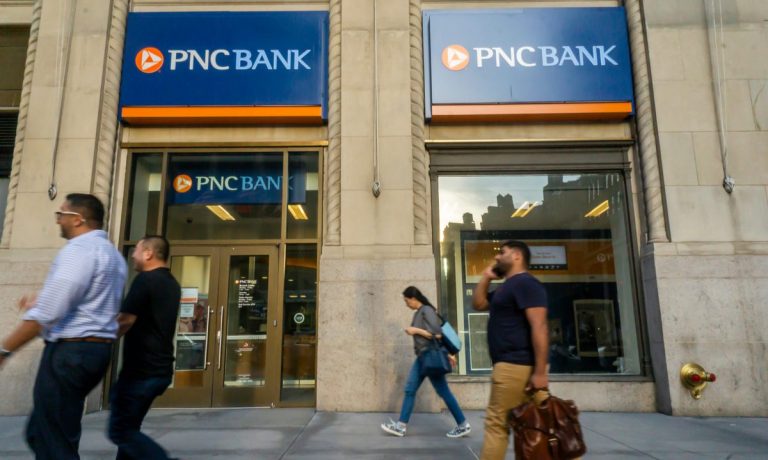
Bank earnings continue to roll in.
Beyond the biggest players, J.P. Morgan, Citigroup, and others, the regionals and the super-regional banks have shown some resilient trends: Consumers continue to spend, digital and omnichannel efforts continue to make headway.
The deposit volatility that might have been expected in the wake of the Silicon Valley Bank (SVB) and Signature Bank collapses last quarter was very much in evidence too — at least as measured from the end of the year.
Supplementals from U.S. Bancorp show that total deposits at the end of the quarter stood at $505.3 billion, down 3.7% from the fourth quarter but up 9.5% year over year. At the beginning of March, deposits stood at $508 billion, and had declined to $505 billion by the end of the month. At the same time, money market funds grew by $10 billion in those few weeks to end the quarter at $122 billion.
Just over half of deposits were tied to consumer banking, another third was tied to corporate and commercial banking. CFO Terry Dolan said during the call that the broad client base is being served through “an expansive branch distribution network and mobile capabilities across our national footprint.”
As for consumer activity, the company noted that card-related revenues were up 6.5%; the average loans of $25.6 billion in this segment was up from $21.8 billion a year ago. Net charge-offs as a percent of the portfolio were relatively flat, at a recent 2.8% vs. the 2.78% in the fourth quarter, up from 2.1% last year.
Citizens Financial Group’s own results show that period-end deposits, at $174.1 billion, were down 4.7% quarter over quarter, but up 12% year over year. The company has said that consumer deposits were about 67% of its firm-wide deposit base; quarter-end insured/secured deposits at roughly 68% of total deposits.
Within the consumer segment and as evidence of the continuing digital shift, Citizens said that it has been launching targeted “Active Savers” campaigns this year, through which customers are growing savings with digital tools such as debit card round-ups, recurring transfers, etc. Card fees were up $12 million year over year to $72 million.
Net charge-offs of $133 million represented 0.34% of average loans and was up 12 basis points quarter over quarter.
PNC Financial Services Group showed deposits were down 4% year over year but were actually up by $1.3 billion in the most recent quarter as measured from the fourth quarter. Allowance for credit losses to total loans was 1.7% in the most recent quarter, basically flat with the fourth quarter.
During the conference call with analysts, CEO William Demchak stated that “at the moment, credit looks much better than we otherwise would have assumed. So it’s a trade-off. Now it’s going to be interesting … because the marginal cost of funds for the U.S. banking system has just gone up a lot as a result of this flurry. And so all else equal, you would expect credit spreads to widen here simply because the cost of funds for all banks has gone up. I haven’t seen that play out yet, but it continues to be at least my expectation that it will.”
Western Alliance Bancorp. supplementals showed the impact of the SVB fallout: At the end of the fourth quarter deposits stood at $53.6 billion. By March 20, that tally stood at $46.7 billion. Since then, according to the company, there’s been $2.9 billion in deposit growth — with $2 billion of that coming since the end of March, where the deposit roster stood at $49.6 billion at April 14.